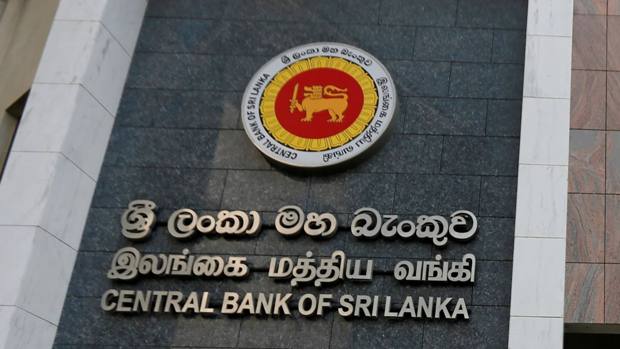COLOMBO – Sri Lanka has printed and added Rs 23 billion outright purchasing Treasury bills into the balance of the Central Bank after a failed Treasury bill auction last week, while overnight borrowings from a lender of last resort facility were at Rs 45 billion, official data showed.
The Treasury bill stock of the Central Bank hit a new high of Rs 919 billion on June 25, from Rs 896 billion a week earlier.
The Central Bank also printed Rs 22 billion in the week to June 18, taking the bill stock up from Rs 874 billion a week earlier.
In both weeks, the debt office was unable to sell a majority of the bills offered for sale due to a price control of 5.21% set on one set of Treasury bills/
The 5.21% rate now serves as a de facto policy rate at which large volumes of liquidity are injected to expand reserve money.
The money is then paid to government suppliers or State workers who then spend (or invest) the money triggering imports and currency pressure.
If the money is saved in banks, it is loaned out to others to invest through cascading credit, which is now more efficient with reserve ratios lowered (fractional reserve banking), eventually bringing in more imports for which dollars have not been earned.
The Treasury may alternately use the money to buy dollars from the Central Bank to repay loans and run down foreign reserves.
Sri Lanka is now under the worst import controls since the 1970s when failed bill auctions were also filled with printed money.
“The Treasury had to finance its expenditures increasingly by resorting to Treasury bills despite the fact that no significant tenders were forthcoming to absorb the successive issues of Treasury bills,” an unknown classical economist said in the 25th-anniversary publication of the Central Bank.
In addition to outright purchases via the 5.21% price ceiling, Rs 45 billion had been drawn out from the Central Bank’s lender of last resort window at 5.50%.
LOLR borrowings of printed money had gone up steadily from just Rs 200 million on June 8 to Rs 50 billion on June 23, just before the outright injection was made through Treasury bill purchase.
Sri Lanka triggered the biggest balance of payments deficit in history, of US$ 2.3 billion in 2020 by printing over Rs 650 billion, some of which were leftover at the beginning of the year as excess liquidity.
-economynext.com


